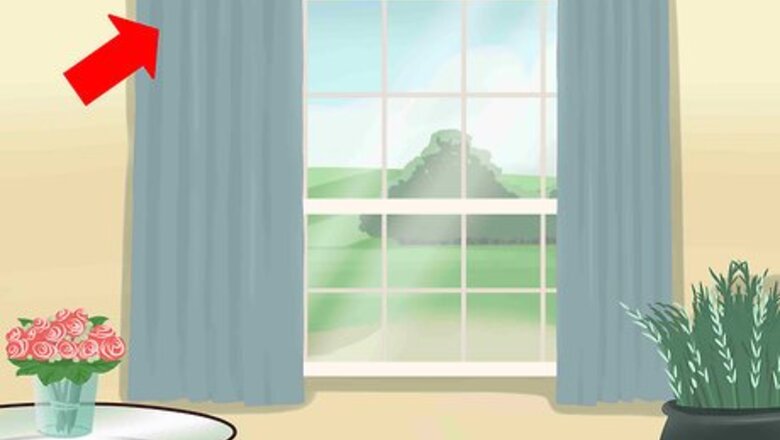
views
Reducing Energy Consumption
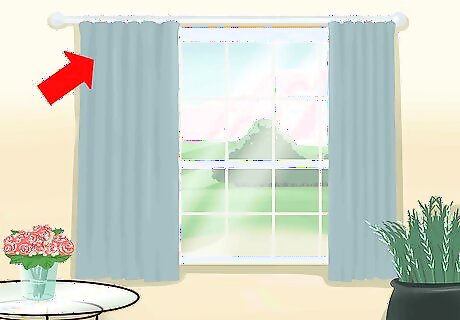
Insulate your home. Nearly half of your home’s energy expenditures come from heating and cooling. To reduce the amount of heating and cooling needed, it is important for your home to be well-insulated. Ideally your home would be well-insulated when it was built, but this is not always the case. To improve your home’s insulation, hang thermal curtains over your windows. Curtains can go a long way in keeping out the cold or heat, depending on the season. When choosing curtains, pick a fun pattern or an elegant design so that they are a piece of decor for your home as well. They will look great and keep your home insulated to cut down on your heating or cooling bill. If there are any gaps or places where you notice air getting in, be sure to seal these. Buy some caulk from a hardware store to seal the edges. If you aren’t comfortable doing this yourself, hire a professional to help.
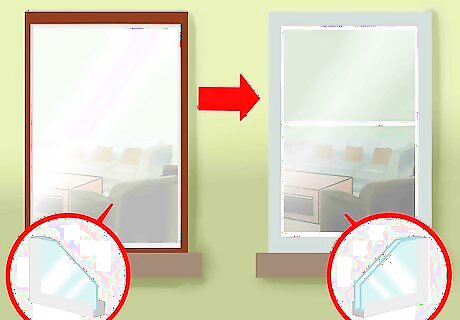
Upgrade your windows. Much of a home’s heat or air conditioning escapes through windows. When your old windows need upgrading, install energy-efficient windows. They are typically double-paned for lower levels of air leakage. Look into their energy performance ratings to see which ones will fit your needs and best cut down on your energy consumption. Make sure they are properly installed so that they perform correctly. Energy-efficient windows vary greatly in terms of quality and price. On the low end, you can find them for about $100/window, which will usually have a vinyl frame. These can still be a good option and work well to reduce air leakage. On the higher end, they can cost $1000+ and can have frames of vinyl, wood, aluminum, or wood-clad. To install windows, hire an expert, either an experienced contractor or a window professional. Oftentimes, you can have someone install them from the place where you buy them. Window installation requires a certain level of expertise that often goes beyond a general handyman.
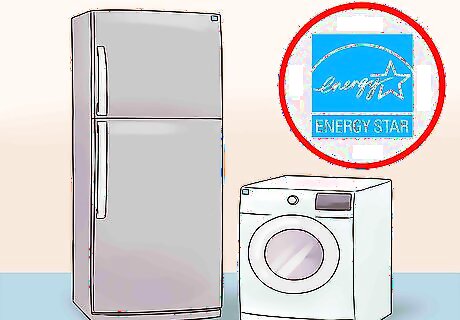
Use Energy Star appliances. When it is time for new appliances, look for ones that are Energy Star certified. These will save you money in the long run by requiring less energy to run them. Most appliances are available Energy Star certified, from refrigerators to dishwashers to washers and dryers. You don’t need to replace all of them at once, but even upgrading one of your appliances can make your home more green.
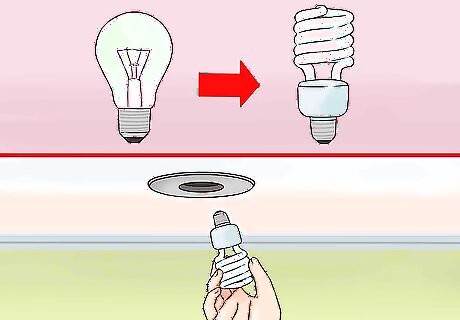
Replace your light bulbs. This is a simple and inexpensive way to be green at home. You need lightbulbs so you might as well use the ones that are efficient. Choose compact fluorescent bulbs (CFL), which use about 75% less electricity and last about 10 times longer than incandescent bulbs. They convert energy to light rather than to heat for optimal and efficient lighting.
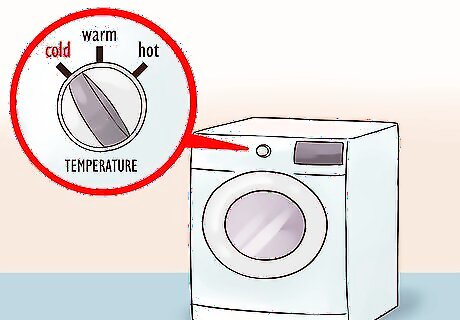
Wash your clothes in cold water. That way, no heating is required. Cold water still does a good job of cleaning your clothes, it keeps colors from running, and it eliminates heating energy. For laundry, be sure to wait until you have a full load so that you aren’t wasting water either.
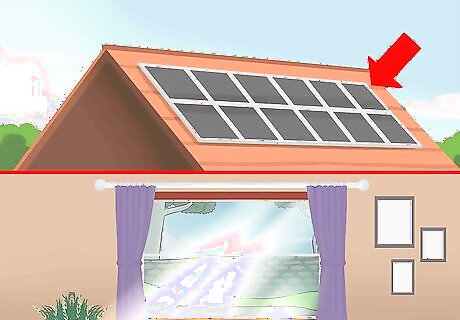
Make the most of sunlight. If you are able to, install solar panels. This is a great option that can even allow you to live off-the-grid. However, this option isn’t for everyone. Some locations don’t get enough sunlight for this to be effective and the upfront costs of installation can be high, although it does save money in the long run because you eliminate other bills. If you aren’t able to install solar panels, you can still benefit from sunlight. To warm up your home, open the curtains where the sun will enter. With the warm sun pouring in, that room will raise several degrees without requiring any energy consumption.
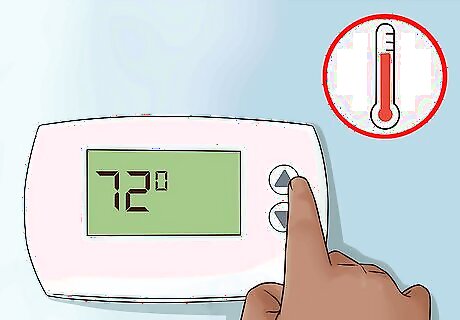
Set your thermostat wisely. You might have learned that room temperature is 72 degrees. While this might be ideal, it isn’t necessary and, depending on your climate, might require a great deal of heating and cooling. In warm summer months, try keeping your home at 78 degrees and in cold winter months, keep your home at 68 degrees during the day and 55 degrees at night. If you bundle up with a down blanket and some fleece, you will sleep soundly and won’t even notice the cooler temperature. If you are too hot in summer months, try misting some cold water on your face, using an energy efficient fan, and wearing thin clothing. Close your thermal curtains to block sunlight from entering. If you are too cold in winter months, try wearing a warm sweater, slippers, and sitting under a cozy fleece blanket. Enjoy a mug of hot tea and sit by a fireplace. You can be warm and comfortable without having to pay excessive heating costs.
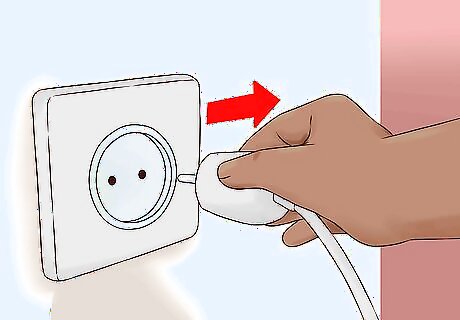
Unplug your electronics. Once your phone or computer is charged, you can unplug it, especially overnight. Be mindful of any electronics that have LED lights that stay on continually, because you will be providing that energy for as long as it is plugged in.
Reducing Waste
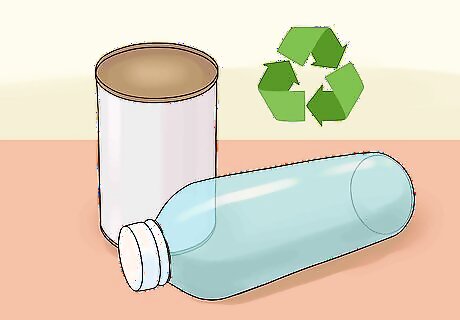
Recycle unwanted materials. A lot of items that people throw out can be easily recycled. Some places even offer free recycling services. Most plastic containers, glass jars, tin cans, and paper can be recycled. It’s just as easy as throwing it in your garbage. Simply place it in your recycling bin instead. This will greatly reduce waste in landfills and will allow your items to be reused instead of wasted.
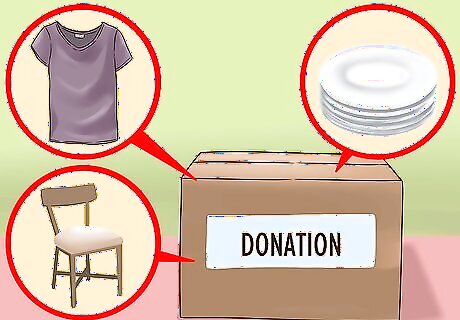
Donate or sell unwanted items. This goes for clothing, electronics, appliances, and furniture. Your junk is someone else’s treasure. Simply take items to a Goodwill facility, sell them online, or give to a friend or family member. Try not to throw any of this out unless it is completely useless. If you outgrow a shirt, someone else will gladly wear it, especially someone in need. This is a great way to help other people and take care of the environment. Be especially mindful of electronics. Many people have old cells phones lying around or multiple computers and tablets. It is very important not to simply throw these out. There are recycling facilities specifically for your electronics if you aren’t able to donate or sell them.
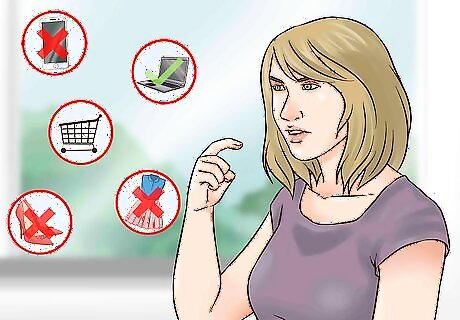
Buy only what you need. It is very hard on our planet to have people upgrading their phones every few months or buying a new jacket every season. A lot of energy, resources, and waste result from each item that is made. Try to pick out a few nice items that will last you a long time as opposed to buying something new every few months. This will help you to avoid throwing things out and will greatly help our planet.
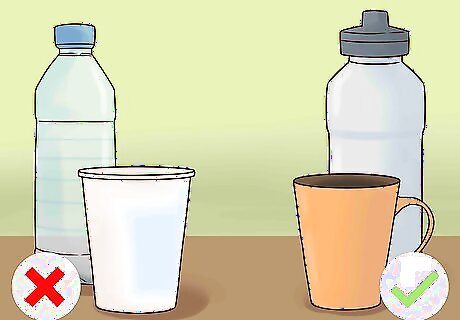
Opt for reusable items instead of single use. Instead of plastic water bottles, buy a reusable stainless steel one. Instead of a paper coffee cup each day, use in a reusable mug. Instead of paper towels, use a cloth towel. Instead of paper or plastic dishes, use ceramic ones. This way you aren’t continually buying and throwing things out, but are instead reusing a single item. This greatly helps to cut back on waste and is a simple way to go green.
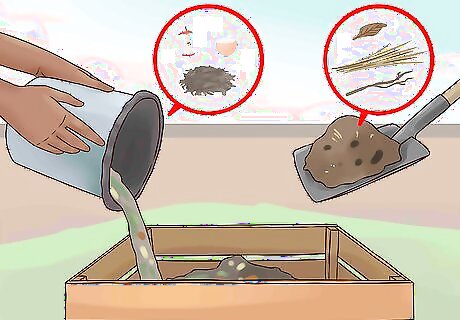
Make a compost pile. Instead of throwing out old scraps of food, you can compost them. This way they will break down into good useful soil instead of sitting in a landfill for a long time. To make your own, you need to combine brown matter (leaves, dried grass, wood chips, twigs) and green matter (vegetable peels, coffee grounds, tea leaves, apple cores, egg shells). Place them in a covered bin with many holes in it. Mix them together and let them sit. It takes several weeks (or even months if it is cold out) for the items to compost and you can continue adding scraps while you wait. This cuts back on waste and will help with your gardening!
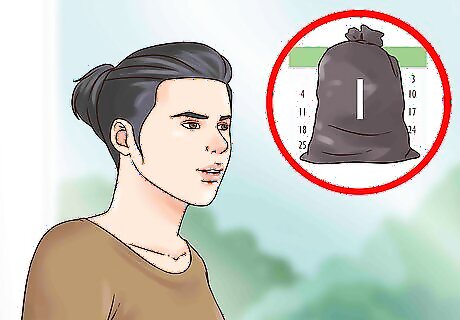
Aim for only one bag of trash per month. To see how you are doing with eliminating waste, set a goal of only filling up one garbage bag each month. If you are recycling your goods and composting your organic material, you might be surprised how little waste you create! Feel free to adjust this based on the size of your family, but one bag per month is a good goal to aim for. Even if you just cut back on a bag of trash each month, you will still make a big difference.
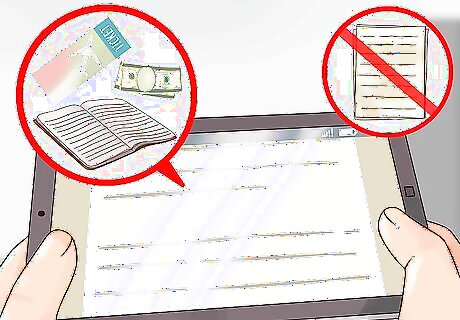
Go paper-free when possible. These days, a lot of waste can be eliminated by choosing paper-free options. You can pay bills and receive bank statements online. You can use ebooks rather than buying print books. You can read articles on your computer instead of buying printed versions. There are very few things that absolutely need to be printed out. You can even use airplane tickets from your phone!
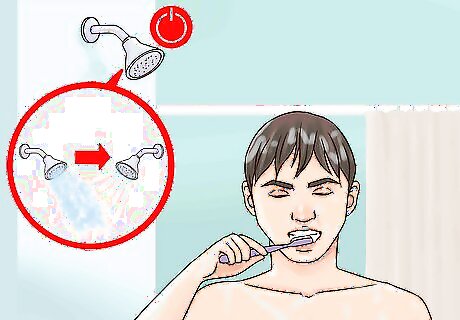
Reduce wasted water. Install an efficient shower head and try to take quick showers. Five minutes should be all you need. Try to shower every other day instead of daily or try to only wash your hair a couple of times per week. You can give yourself a quick sponge bath in the morning instead of a full shower. That way you will be clean and will preserve water. Turn off the water while brushing your teeth. It doesn’t need to run the whole time! Fix any leaky faucets. A few droplets might not seem like much, but this can quickly add up.
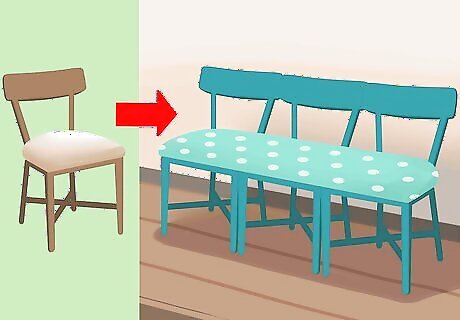
Repurpose old items. Instead of throwing out an old chair that is no longer in style, you can repurpose it. Try decorating it with a couple of throw pillows or placing an elegant cover over it. You could even have it reupholstered for a brand new look. A lot of older items simply need a nice new finish to be brought up to date. And a lot will eventually come back in style! Get creative or hire someone to help you update your items instead of tossing them.
Using Natural Ingredients
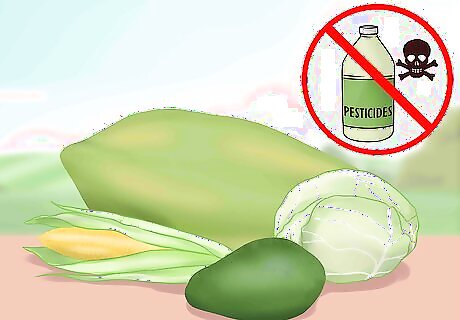
Eat organic foods. Look for the USDA Organic label to be sure that foods were grown according to proper standards. Organic foods are free from dangerous pesticides and chemicals, which can harm your health and the planet. If you don’t have the budget to buy all organic foods, switch out a couple of items like grapes or spinach that are known to have a high pesticide content.
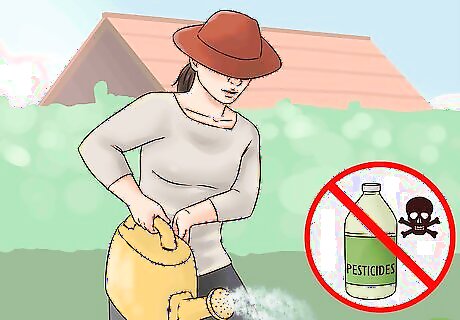
Grow your own herbs or vegetables. This is a great way to ensure they will be chemical free. Try growing a few pots of herbs in your house. They will taste great and also help keep your air clean. If you’re feeling ambitious, plant a small vegetable garden outside. There is nothing quite like fresh produce or the satisfaction of enjoying the fruits of your labor.
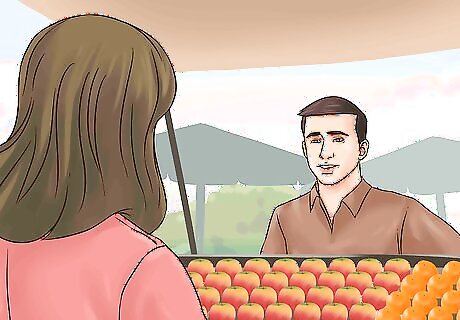
Visit a farmer’s market. If you don’t have a green thumb, you can benefit from those that do. Buy your food from a local farmer’s market to support farmers and good agricultural practices. Fresh food tastes better, is healthier, and helps the environment by eliminating shipping the food which causes a lot of pollution.
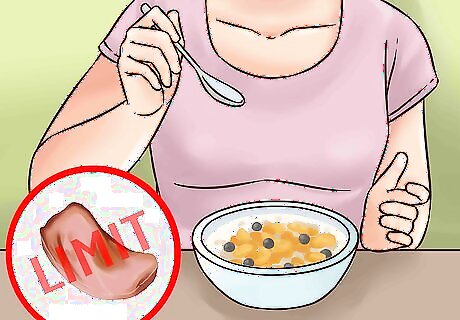
Eat whole foods. Try to avoid foods filled with chemicals and instead opt for natural ingredients such as whole grains, beans, nuts, fruits, vegetables, and spices. If you can’t pronounce it, you probably don’t want to ingest it! Take the time to read the label. Just because it is advertised as natural, doesn’t mean it actually is. Try to limit your meat consumption. Raising meat takes a great toll on the environment. If you currently eat meat daily, try to choose one day a week to go vegetarian. Every little bit helps.
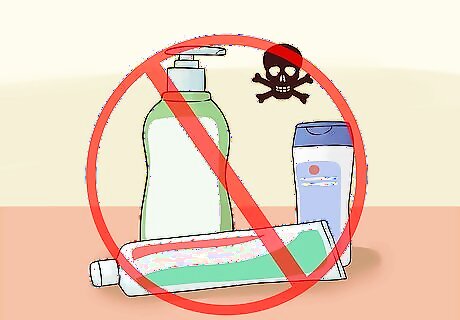
Avoid harsh chemicals. A lot of cleaning supplies are filled with toxic chemicals. You don’t want to kill germs by exposing yourself to another harmful element! Instead choose cleaning supplies with natural ingredients. These are much better for the environment by greatly reducing toxic waste. Try a simple Castile soap or use baking soda and vinegar. These will keep your home clean, safe, and will also save you money. Check the ingredients of your hygiene products. A lot of makeup, deodorants, shampoos, soaps, and toothpastes are also filled with harsh chemicals. Since these are used daily, it is especially important to use quality ingredients. There are many ingredients to look out for, but a good starting point would be to avoid parabens, fragrance, synthetic colors, and phthalates.
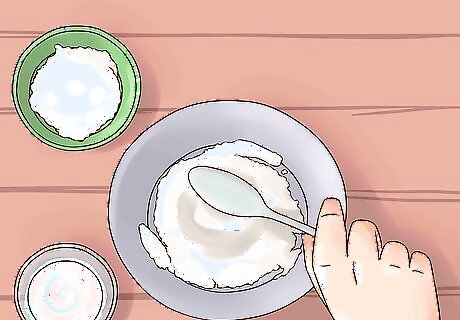
Make your own products. When in doubt, make it yourself, that way you know exactly what is in it and can tailor it to your specific needs. Whether it is enjoying a home-cooked meal or making your own deodorant, when you make it yourself it is generally healthier, less expensive, and better for the environment. Start by choosing one item you’d like to try making for yourself. It might take a couple of tries to get the recipe just right. Don't be discouraged if it doesn't go perfectly the first time. Once you master one recipe, try making something else.

















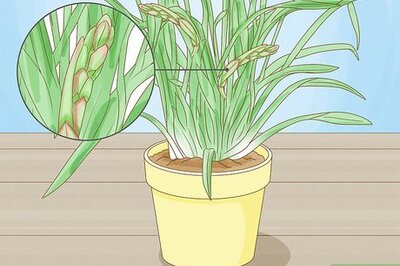
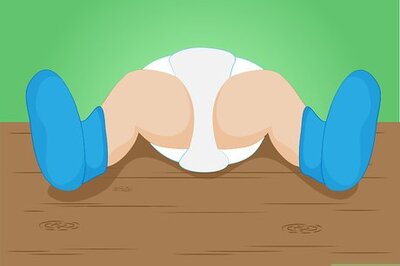

Comments
0 comment